11 Fun Things To Do with Babies
May 11, 2023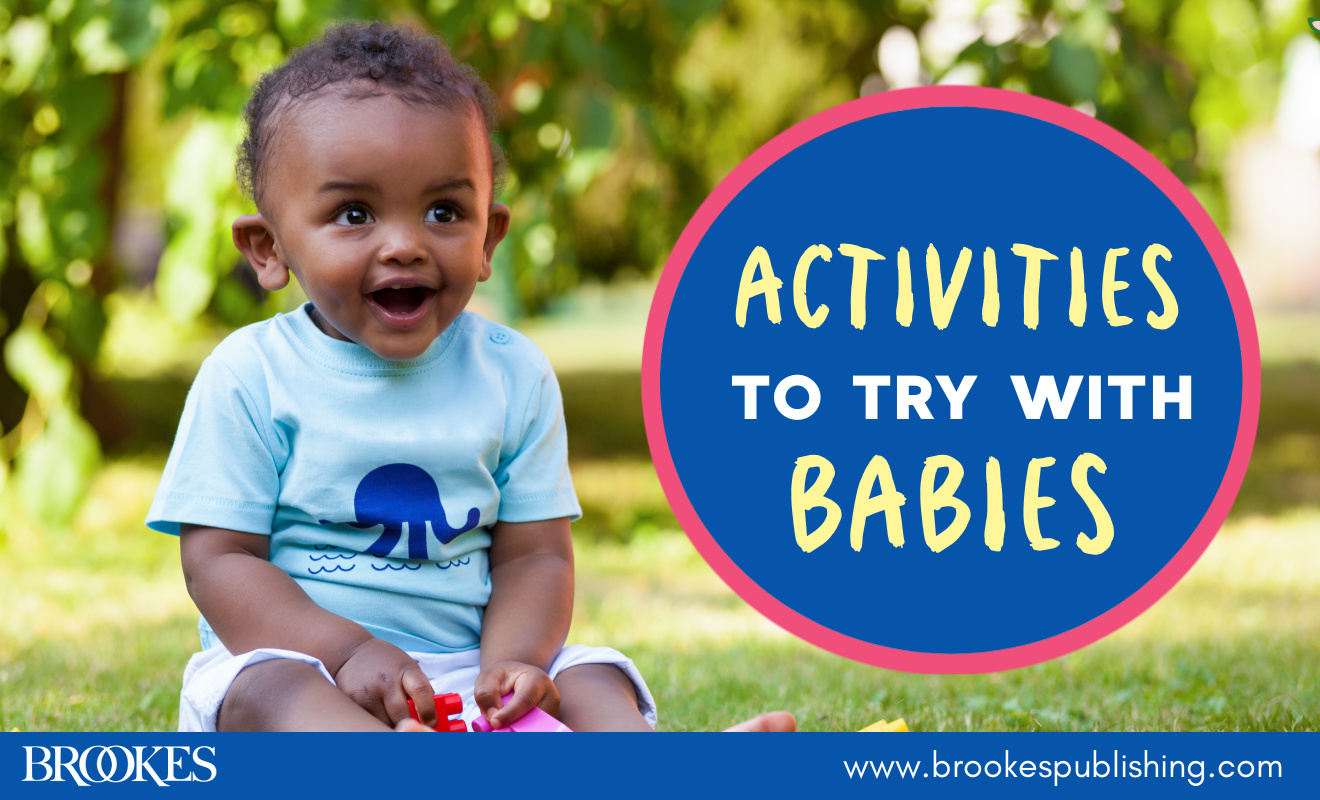
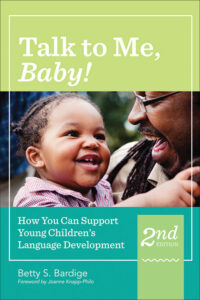 What are some fun ways to interact with babies and encourage their language skills, whether at home or in a child care setting? Today’s post—excerpted and adapted from Talk to Me, Baby! by Betty Bardige—gives you 11 great ideas to try.
What are some fun ways to interact with babies and encourage their language skills, whether at home or in a child care setting? Today’s post—excerpted and adapted from Talk to Me, Baby! by Betty Bardige—gives you 11 great ideas to try.
Babies don’t need expensive or elaborate activities. They like familiar, uncluttered environments that are interesting but not overwhelming, and textures, images, sounds, and smells that reflect their culture and combine comfort with stimulation. The following playful language-building activities for mobile babies are easy for both parents and child care providers to use throughout the day:
Blow soap bubbles. Use words to engage the baby’s attention and encourage him to watch, reach for, and pop the bubbles. “Ready—set—BLOW! Look at all those bubbles! Can you catch one?”
Give the baby a simple puzzle. You might offer her a pot with a lid, a set of measuring cups or storage containers that fit inside each other, a shape sorter, or a ring stacker. As the baby tries to put the pieces together, use words to support her efforts. “You got the blue ring. Can you fit it on the pole? Almost. Push it over a little. You did it! Can you put another one on?”
Experiment with cause and effect. Busy boards, wind-up toys, jack-in-the-boxes, water wheels, and squeakers are classic toys that enable a baby to experiment with cause and effect. You can also make homemade toys that present babies with challenging problems, such as a bell to ring by pulling a ribbon or a pot whose lid needs to be lifted by the handle to find the surprise inside.
Play hide and seek with toys. Hide a toy under a blanket; in a pocket, sock, or tote bag; or behind your back while she is looking. Ask the baby to find it, and see if she can. Try hiding something small (but too large to choke on) in the baby’s pocket or up her sleeve. Tell her where it is and see if she can get it.
Bring the baby a sturdy box or clothes basket. Ask the baby if he can get inside. Can he put some toys in and get them out again? Can he tip the container over and bang it like a drum? Push it across the floor? Find you hiding behind it? Talk with him about all of the things he finds to do with the box. Use words to praise his efforts and help him solve the problems he creates for himself.
Explore different kinds of fabric. Talk with the baby about how each cloth feels. Use sheer and opaque fabrics for Peekaboo games. Stuff a scarf or dishtowel into an empty tissue box and let the baby try to pull it out. Give a special name to each blanket or fabric swatch that a baby likes to carry, stroke, or sleep with.
Make some emptying and filling toys. For example, let the baby put small toys or wooden clothespins into a bin or plastic container. When she has mastered emptying and filling, try a container with a narrower neck or with a lid that she can pull off. Increase the challenge by stringing large wooden beads on a piece of yarn or making a chain from plastic links for the child to put into a narrow-necked container.
Keep track of all the different ways you can make the baby smile or laugh. Most instances will involve both predictability and surprise. For example, some babies love tickles or tummy kisses—but only when they know they are coming and can prepare for them but aren’t sure exactly when they will happen.
Sit by the window with the baby and look out together. Talk about all the things you see. Point to different items or to exciting happenings, such as passing cars, barking dogs, or people walking by. See if the baby will point at things.
Let the baby explore how different tools work. Do this in a kiddie pool, bathtub, or sandbox using cups, bowls, sieves, small watering cans with spouts, ladles, sponges, and pie plates to create interesting challenges for the baby. Talk about all of the things that the baby can do with water or sand: scooping, drizzling, stirring, pouring.
Make an obstacle course. Use pillows the baby can climb over, low tables or tunnels to crawl under, furniture to pull up on and cruise along, and barriers to go around. Offer a variety of surfaces to crawl, roll, scoot, and toddle across, such as straw mats, bouncy pillows, soft quilts, and smooth flooring; use grass, mats, stepping stones, and sand outdoors. Hide some surprises along the way—a toy to reach for, a picture hidden behind a cabinet door, or a favorite book peeking out from under a rug. Use words such as up, down, over, under, along, and through as you encourage the baby’s exploration and describe the travels. Ask the baby to show you the surprises they find.
Have fun trying these activities with the young children in your life! And pick up the book behind today’s post for a down-to-earth guide to engaging with kids in ways that directly support their language skills and overall development.
P.S. Don’t forget that activities should be supervised at all times by an adult. Any material, food, or toy given to a young child should be reviewed for safety.

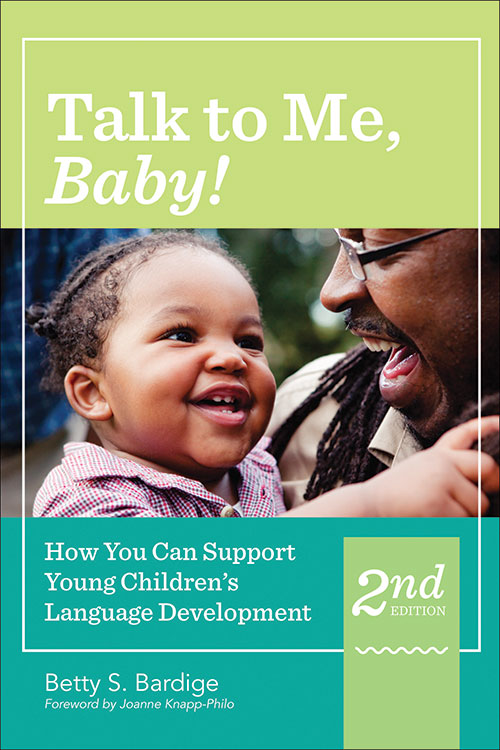
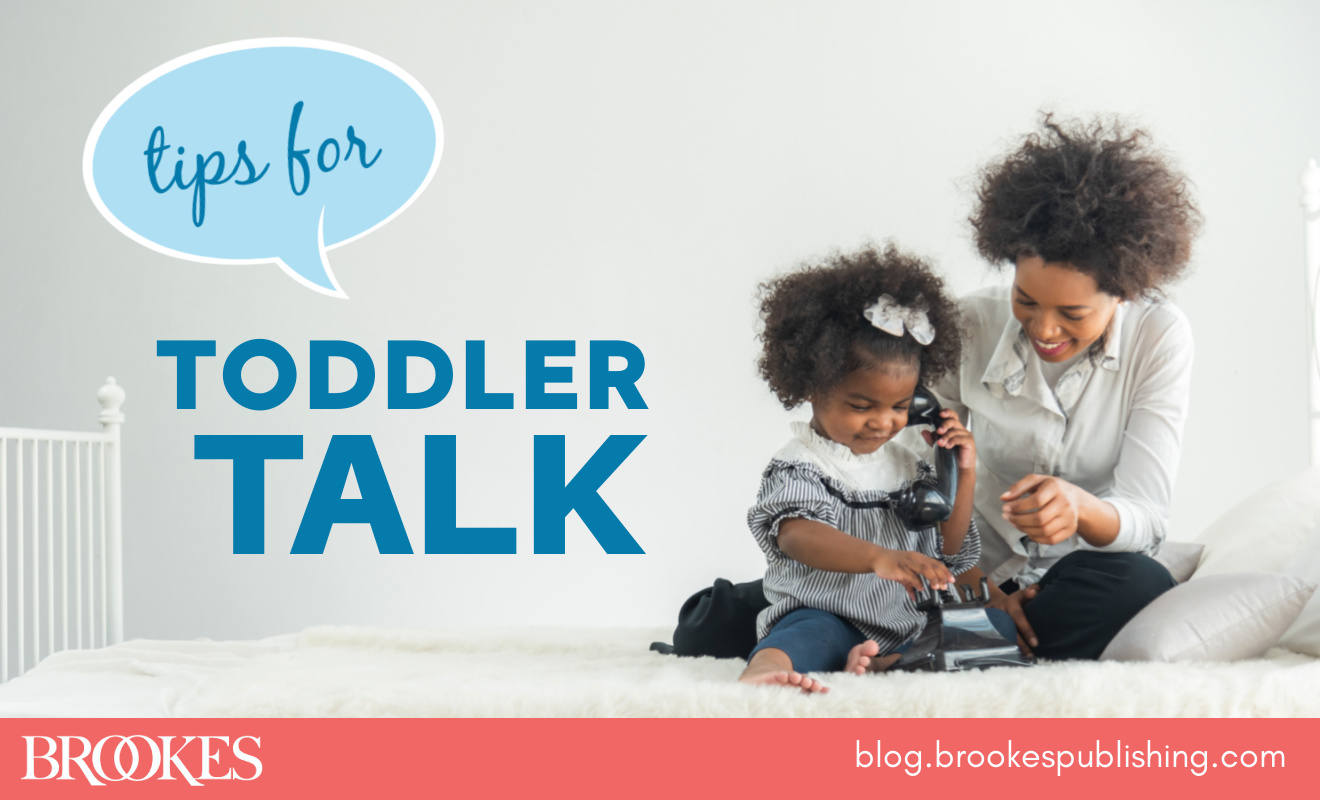
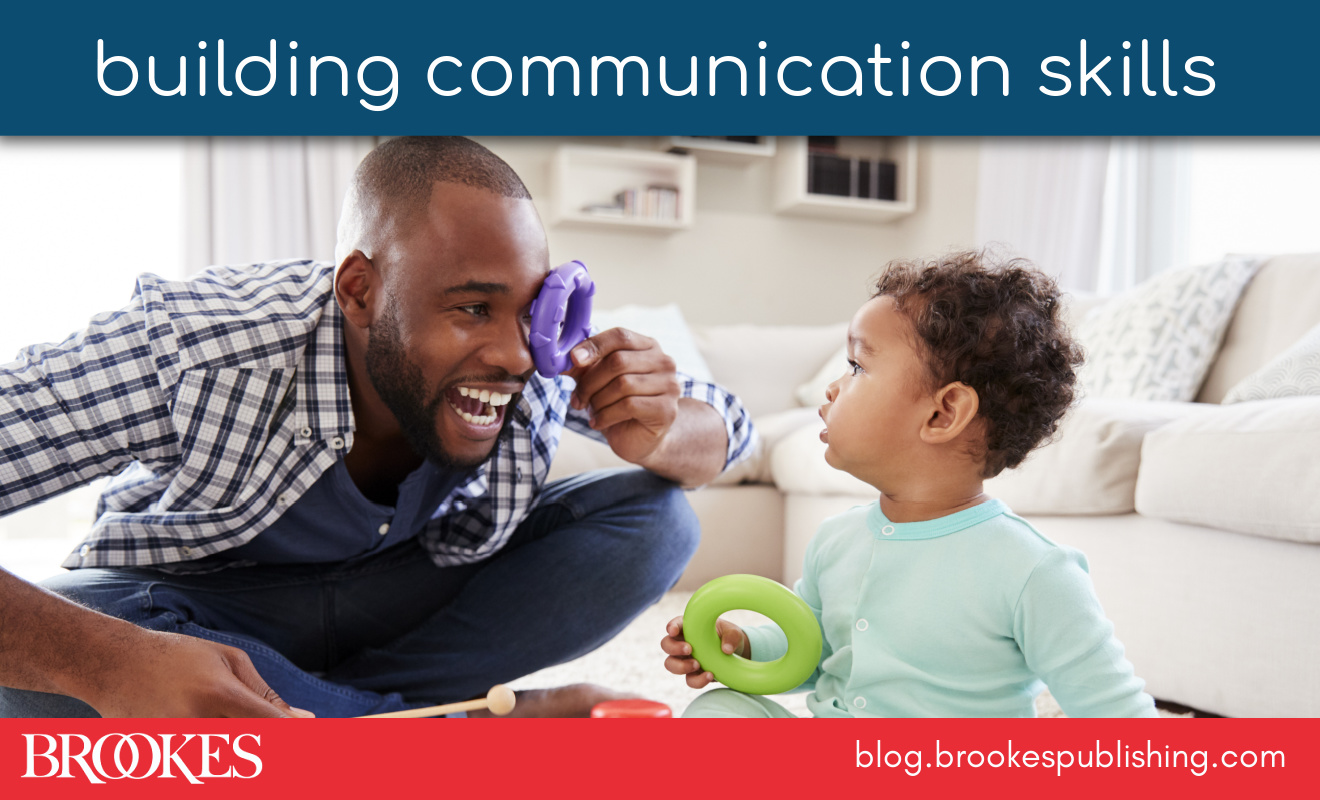
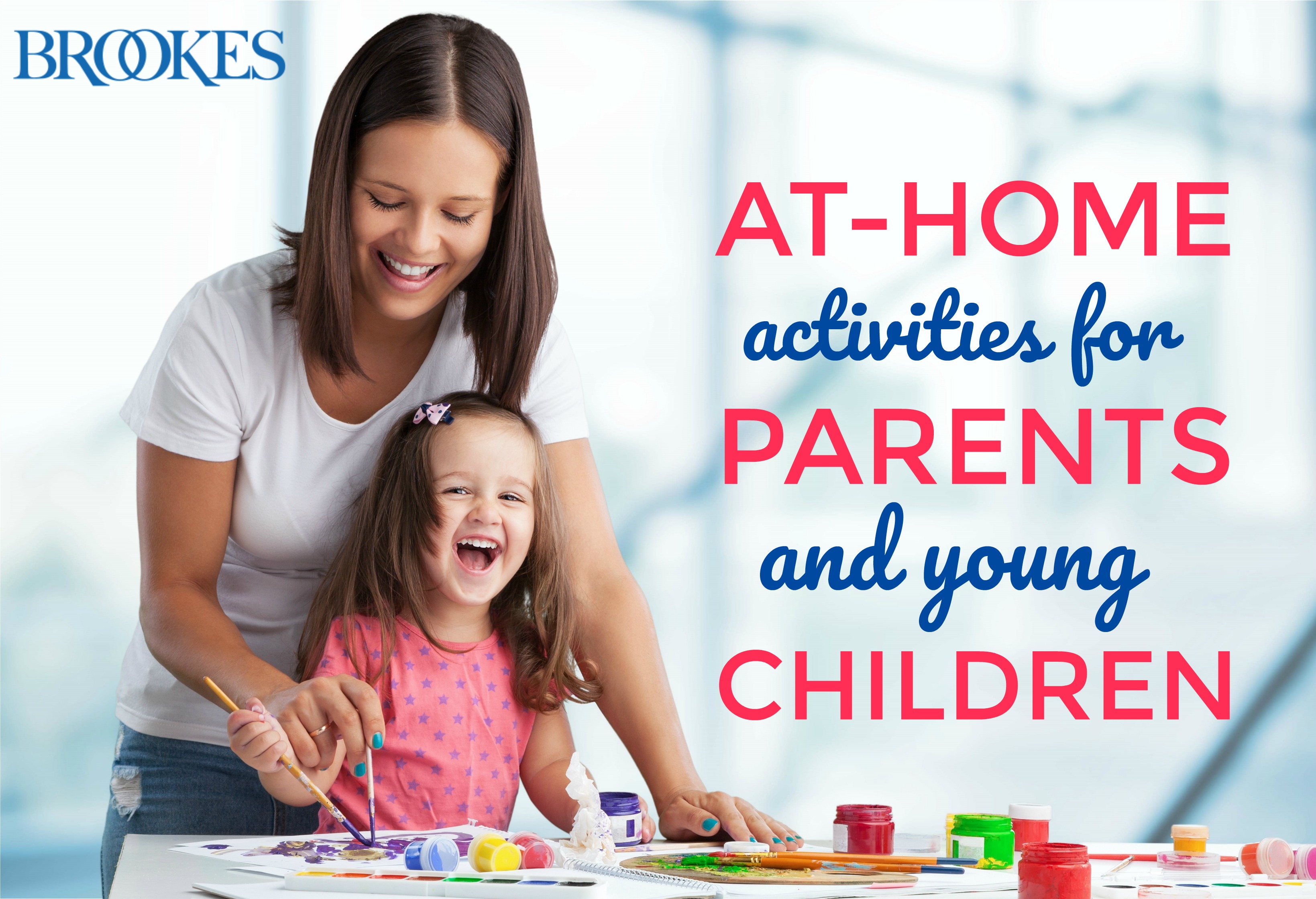
Write a Comment
Your email address will not be published. Required fields are marked *
Post a Comment